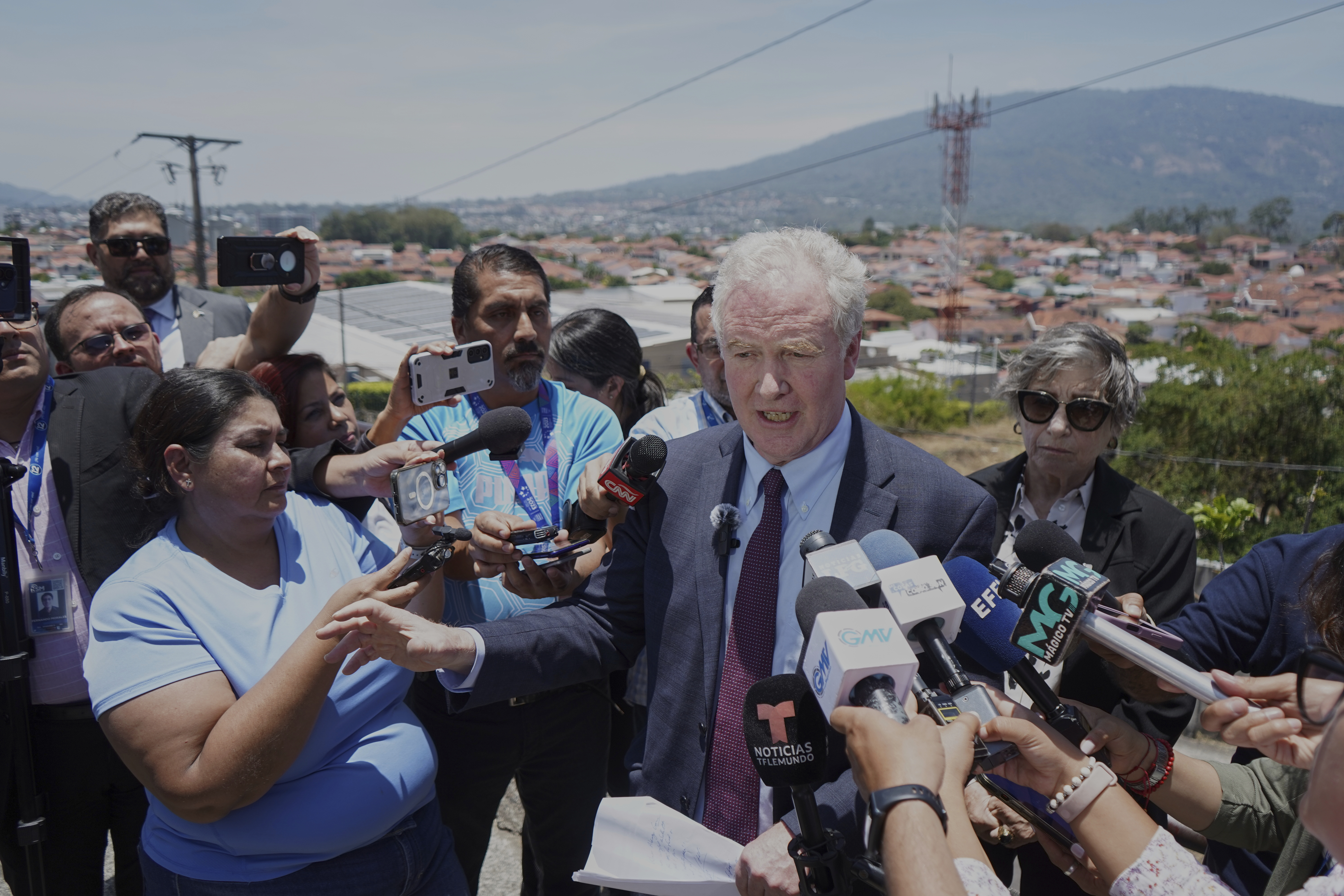With the midterm elections nearing, all eyes are on how many people will turn out to vote early.
"The surge has outpaced the expectations that we had, even knowing that we're starting with a very low floor," said Tom Bonier, CEO of data company TargetSmart. "In some cases, the early vote is actually getting close to what it was in the 2016 presidential election, which is entirely unprecedented because that early vote turnout was massive. So there are a lot of surprises already in the early vote."
For some context, voter turnout in the 2014 midterm elections came in at 37 percent— the lowest we've seen since the 1940s. This year, there are signs that number could look different.
Out of the 37 states that offer early voting, more than a dozen have already surpassed the numbers they saw four years ago. That includes Texas, Tennessee, and Nevada — three states considered battlegrounds for the Senate. While both parties have been jumping on the early voting momentum, it's not always possible to see if one side is performing better than the other.
"So there's a real important caveat and I think a lesson learned from 2016: that we don't know how these people are voting. We do know whether or not they're voting, but there's certainly going to be crossover voting," Bonier said.
Another thing to consider is that an increase in early voting doesn't necessarily translate into a greater overall participation rate.
"The question of whether or not a big early vote means a big vote overall is a tough one to answer. What we're looking at in the early vote thus far that tells us that we are headed towards a much larger turnout is just a huge surge in people who generally don't vote in midterm elections," Bonier said.










